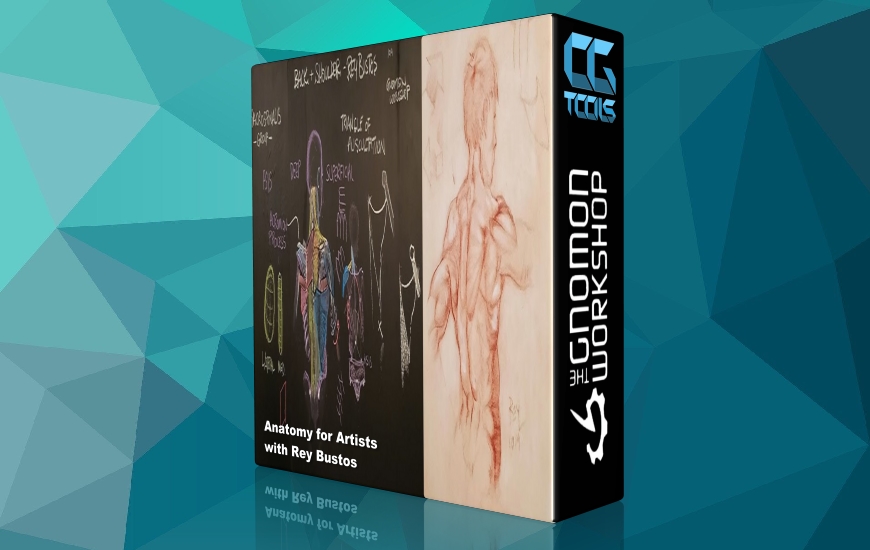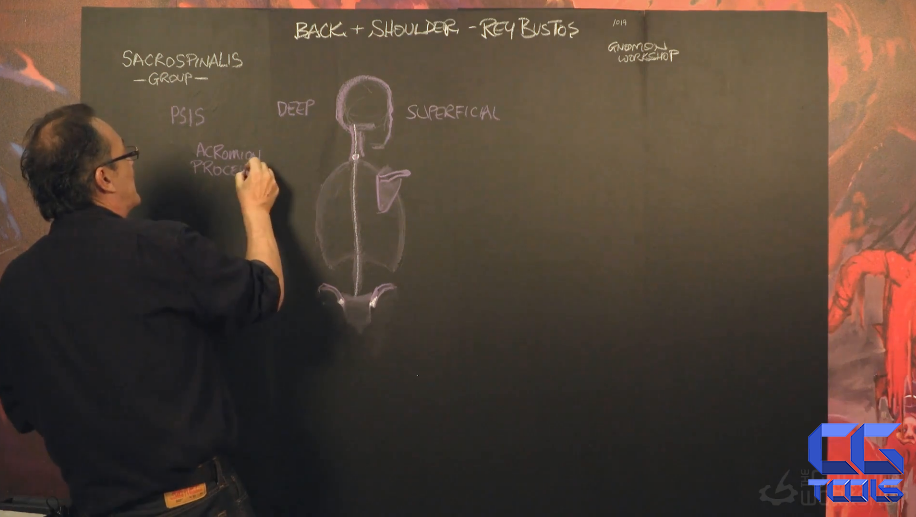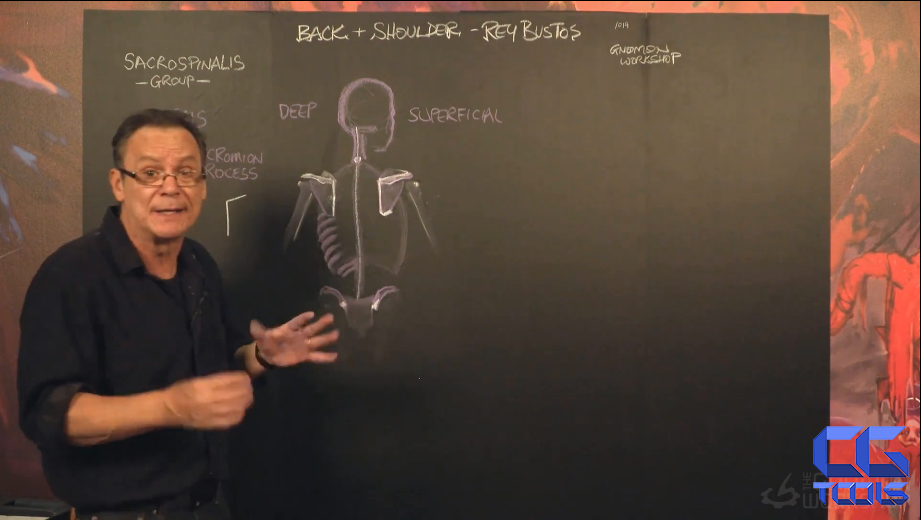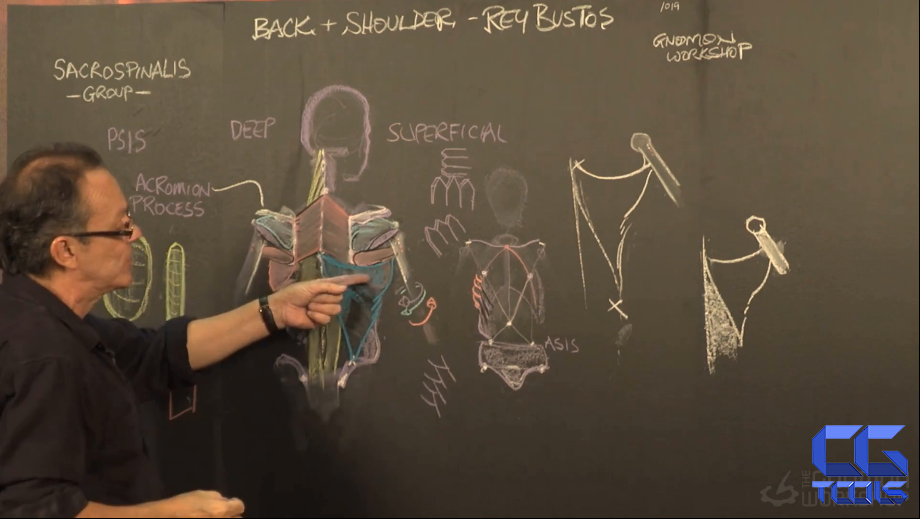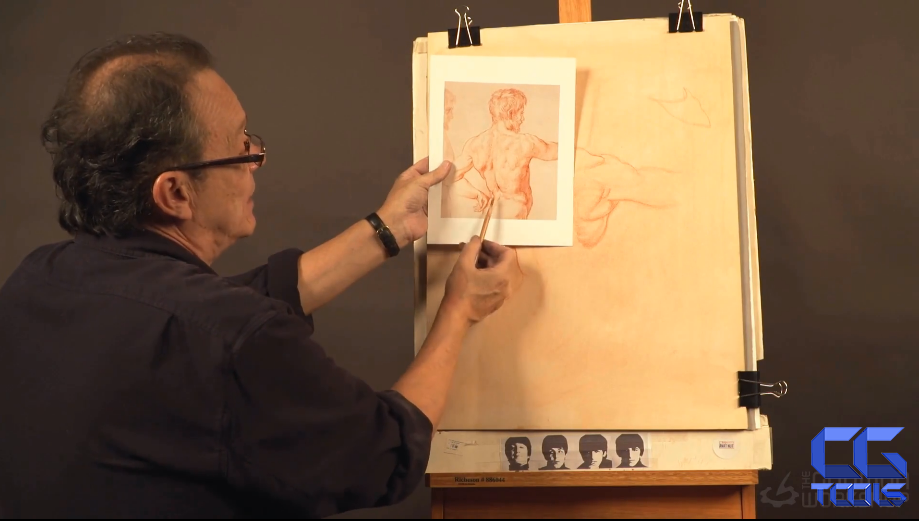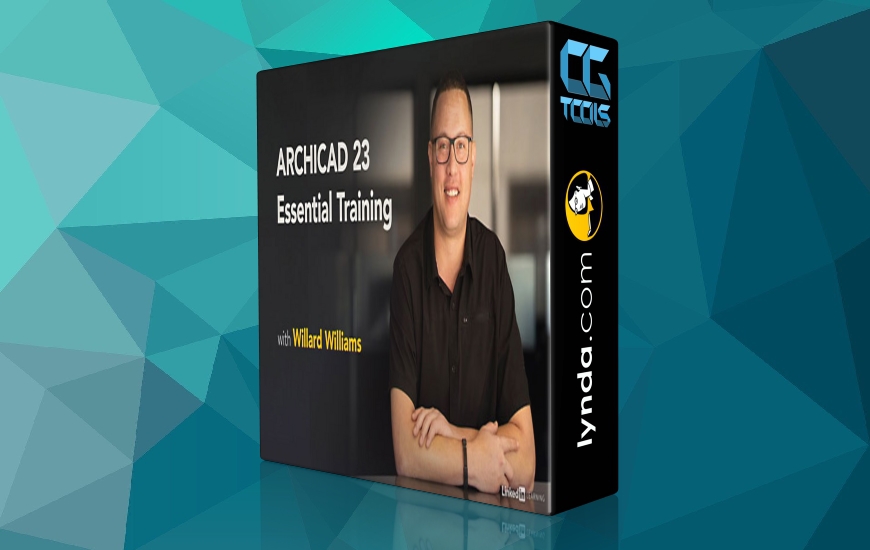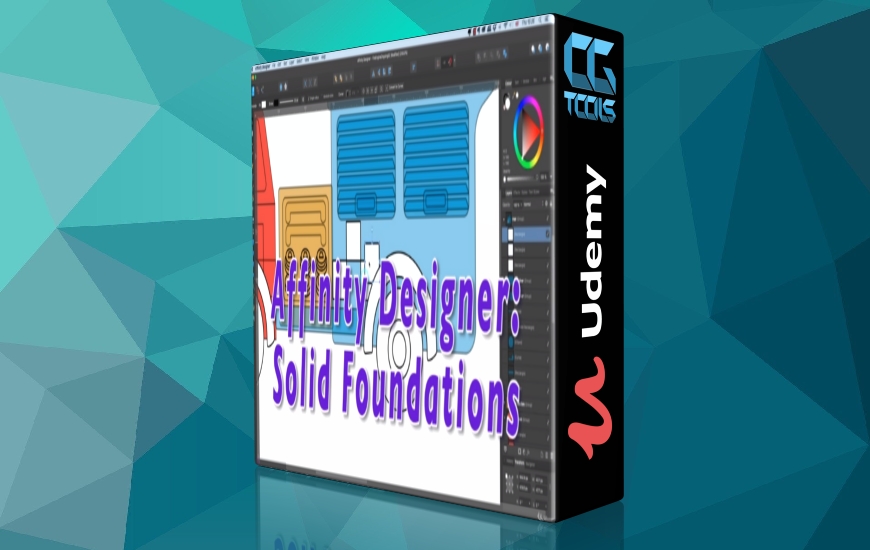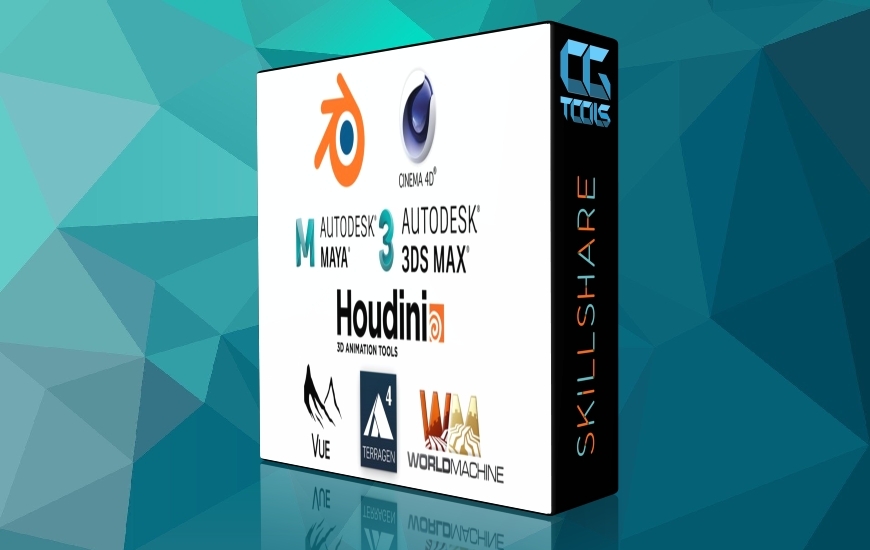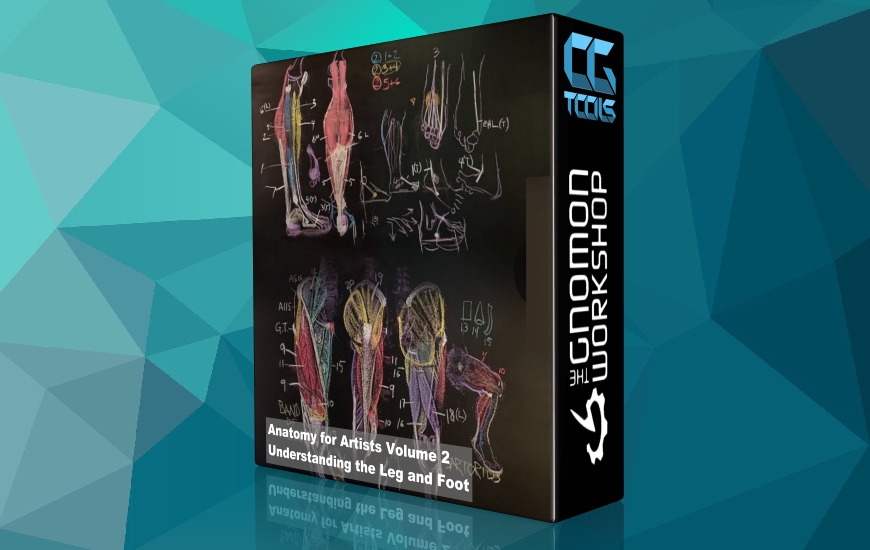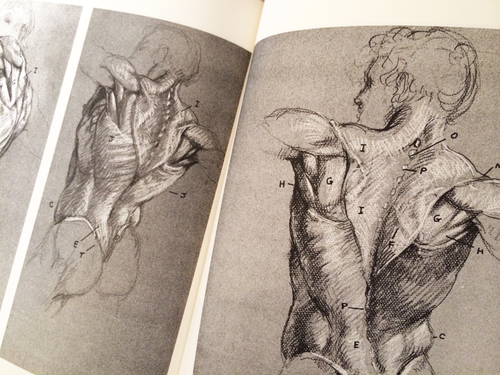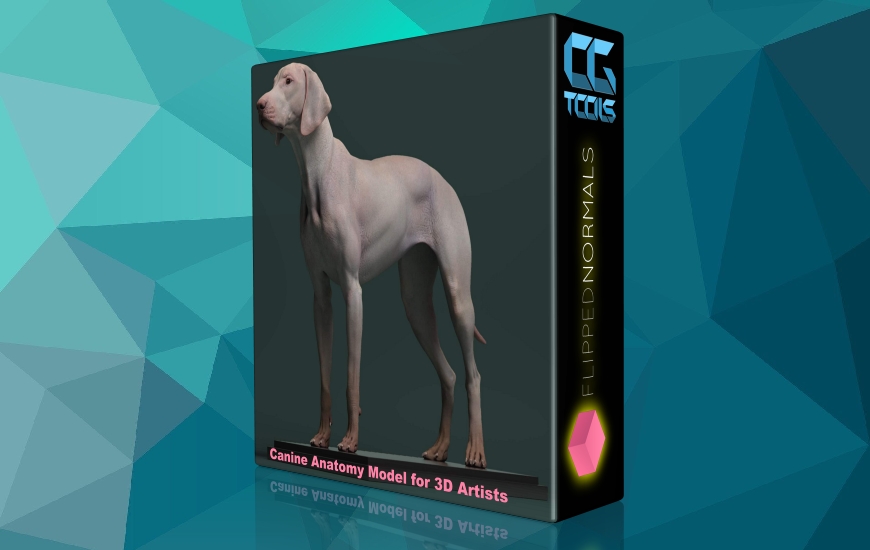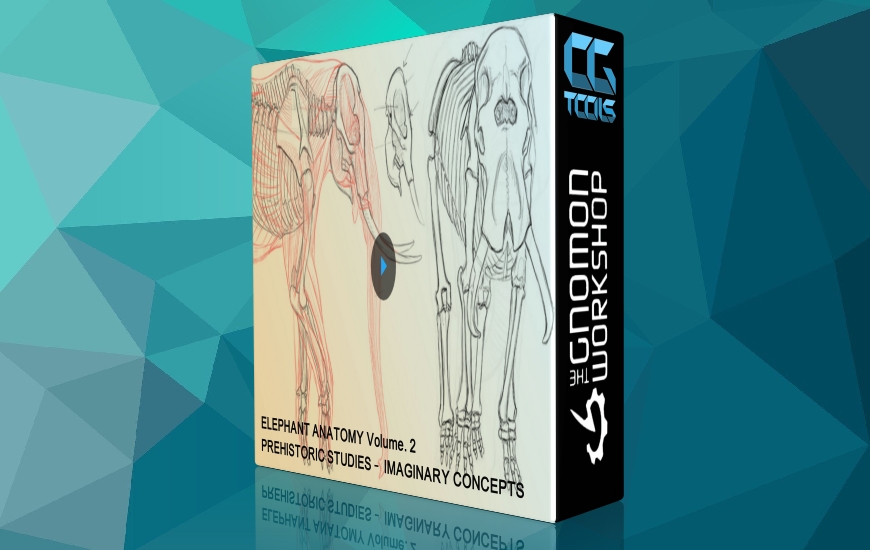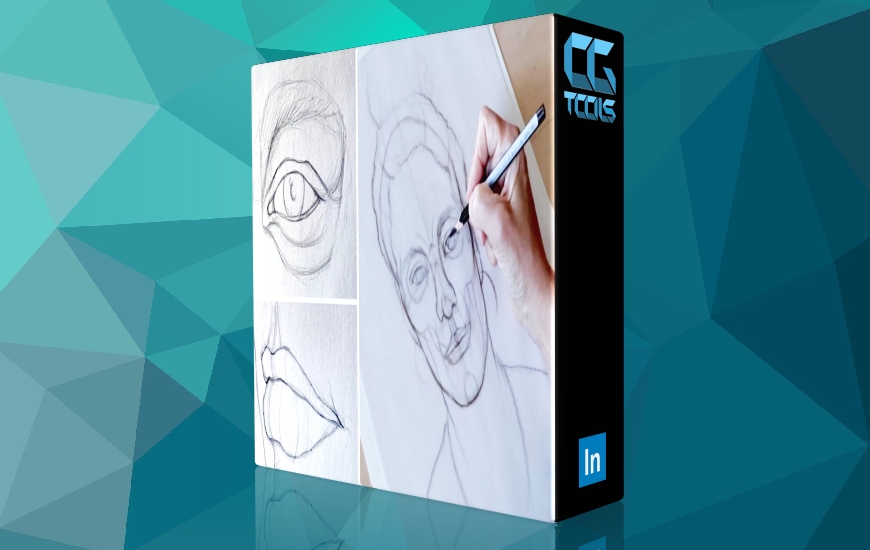![آموزش آناتومی برای هنرمندان جلد 1 - درک عضلات پشت و شانه]()
آناتومی هنری به ماهیچههای ضروری اطلاق میشود که شکلهای قابل مشاهدهای را که در فیزیک مدل میبینیم ایجاد میکنند. ری بوستوس، تصویرگر و آناتومیست مشهور، نحوه نشان دادن عضلات پیچیده پشت و شانه را به روشی که توسط اکثر آناتومیست های هنری ترجیح داده می شود، آموزش می دهد.
هنگام تصویرسازی، لازم نیست هنرمندان تک تک ماهیچه های بدن را بشناسند. با ویرایش تعداد کلیدی ماهیچههایی که هنرمندان باید به حداقل برسند، ری کارگاه را با تمرکز بر گروه Sacrospinalis (یا Erector) - برخی از ماهیچههای عمیق در مرکز پشت که میتوان در امتداد آن یافت، آغاز کرد. ستون فقرات تا قاعده جمجمه. این ماهیچههای پیچیده و اغلب رشتهای مهم هستند و انسان را در حالت ایستاده نگه میدارند – اما مطالعه فردی هنرمندان میتواند چالش برانگیز باشد. ری سادهترین راه را برای درک و تفسیر این گروه عضلانی نشان میدهد و استراتژیهایی را که به راحتی به خاطر میآیند برای نشان دادن فرمها آموزش میدهد.
در ادامه، ری به فرم داخلی در قسمت پایین کمر، در بین دو خار ایلیاک فوقانی خلفی، پرداخته و تا قفسه سینه کار می کند. پس از آن، ماهیچه ها را با قرار دادن آنها به ترتیب روی چارچوب اسکلتی لایه بندی می کند تا مطالعه پشت و شانه ها کامل شود. سخنرانیهای او در این کارگاه 1 ساعته و 20 دقیقهای همراه با داستانهایی است که به یادآوری اشکال و روابط ماهیچهها و آناتومی کمک میکند - و برای به یاد ماندنی کردن و هضم کردن چیزها ضروری است. نمایش نقاشی سنتی کارگاه را به پایان میرساند تا تمام تئوریها را عملی کند.
مشاهده توضیحاتــ انگلیسی
“Artistic Anatomy” refers to the essential muscles that create the visible shapes that we see on a model’s physique. Rey Bustos, famed illustrator and anatomist, teaches how to illustrate the complex back and shoulder muscles in a way that is preferred by most artistic anatomists.
When illustrating, it’s not necessary for artists to know every single muscle of the body. By editing the key number of muscles that artists need to know down to a minimum, Rey begins the workshop with a focus on the Sacrospinalis (or Erector) spinae group — some of the deep muscles in the center of the back that can be found along the spine all the way up to the base of the skull. These complicated, often-stringy muscles are important and keep humans upright — but they can be challenging for artists to study individually. Rey reveals the simplest way to understand and interpret this muscle group and teaches easy-to-remember strategies for illustrating the forms.
Moving on, Rey addresses the medial form in the lower back, in between the two posterior superior iliac spines, and works up to the thorax. Thereafter, he layers muscles by placing them in order onto the skeletal frame to complete the study of the back and shoulders. His lectures in this 1-hour, 20-minute workshop are accompanied by stories that will help with remembering the shapes and relationships of the muscles and anatomy — and are essential to making things memorable and easy to digest. A traditional drawing demonstration concludes the workshop to put all the theory into practice.
